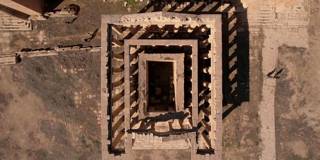
Protecting Cultural Heritage in Wartime
Protecting cultural treasures and heritage sites in conflict zones is not some luxury that should be pursued only after all other wartime needs are met. In many wars, cultural erasure is central to the aggressor's strategy; and when it occurs, the prospects for peace and recovery grow dimmer.
LUCERNE – The ravages of war are never confined to the battlefield. The costs are borne by all of society, and when bombs destroy monuments, artworks, and irreplaceable archives, the losses are measured not just in lives and property but in broader historical terms.